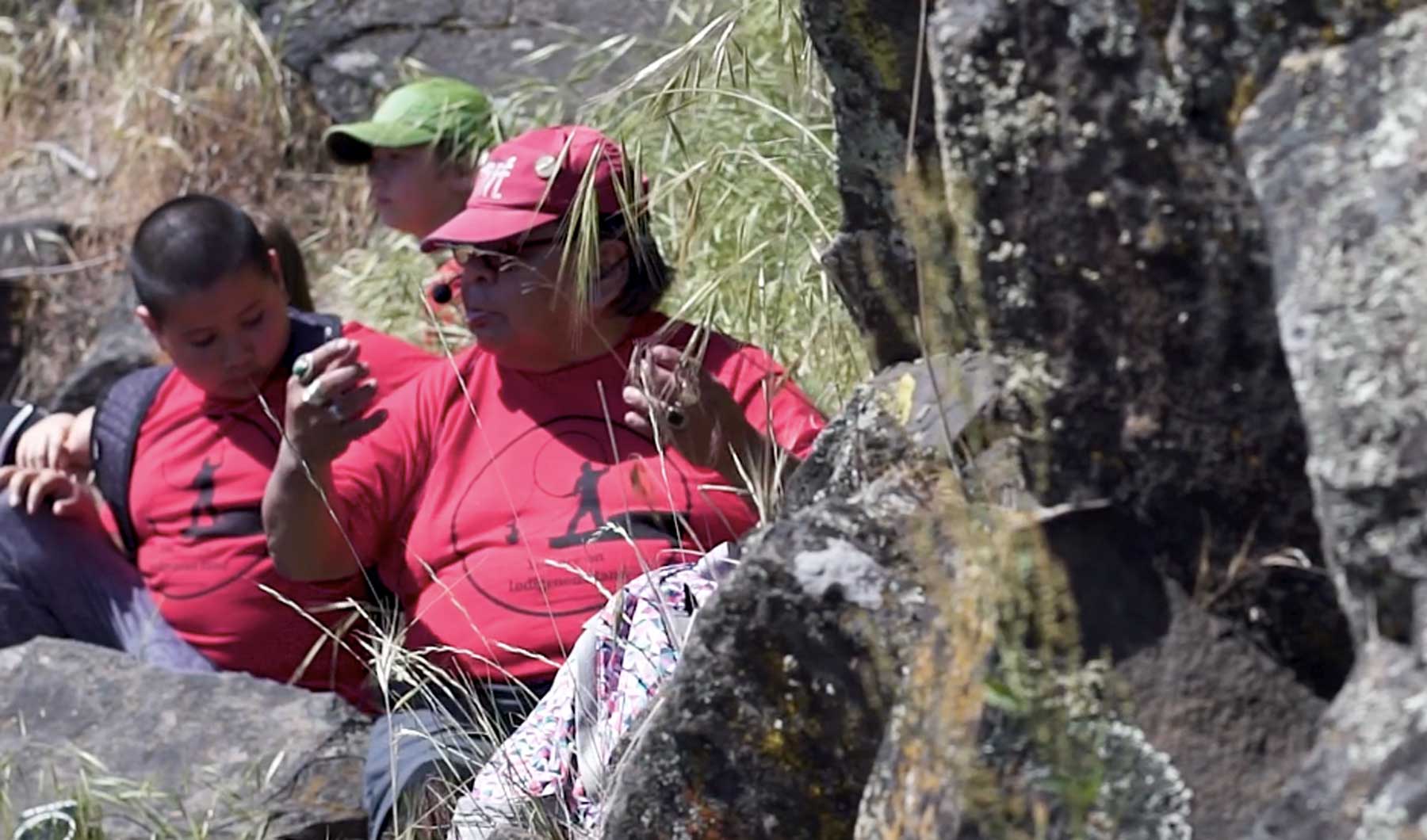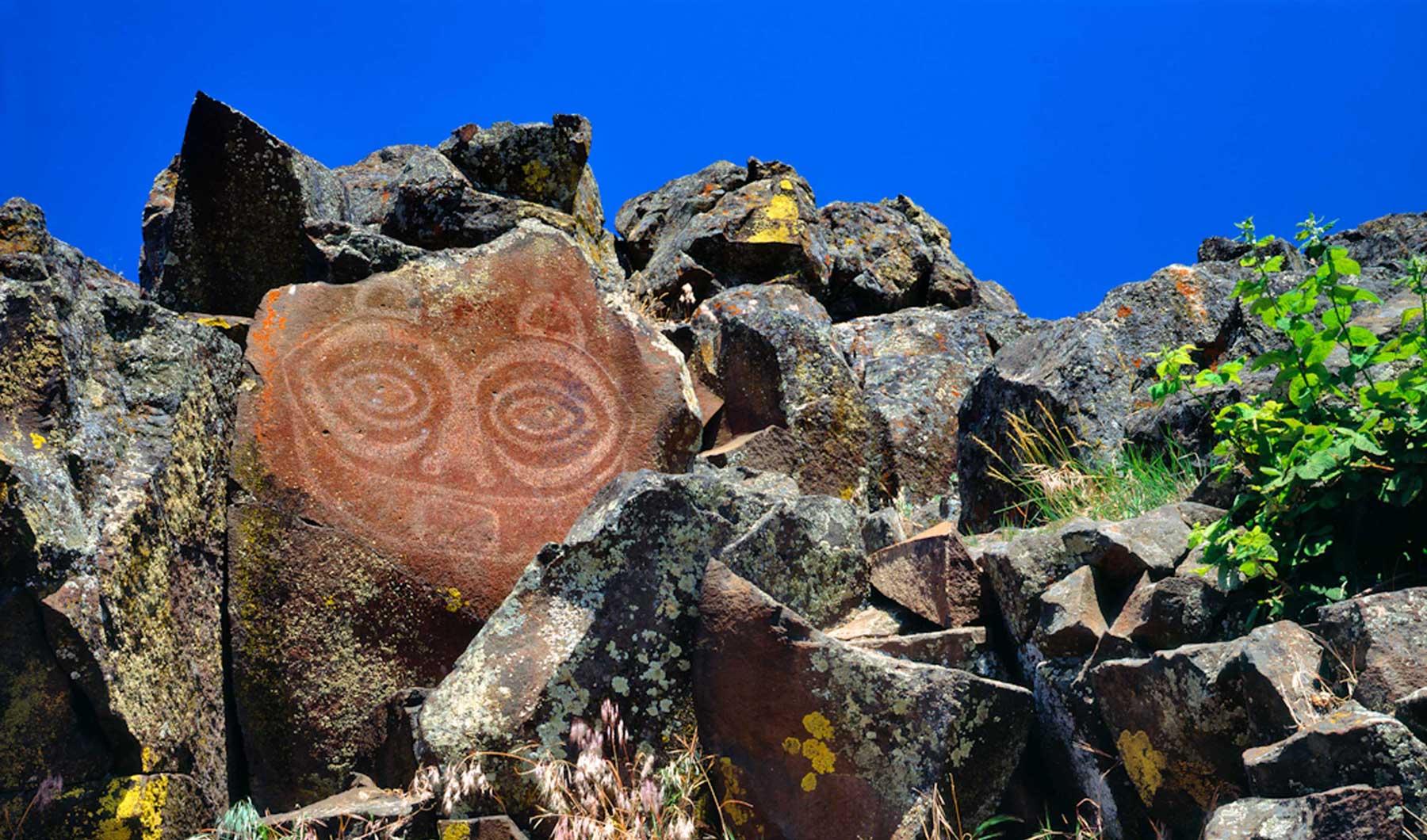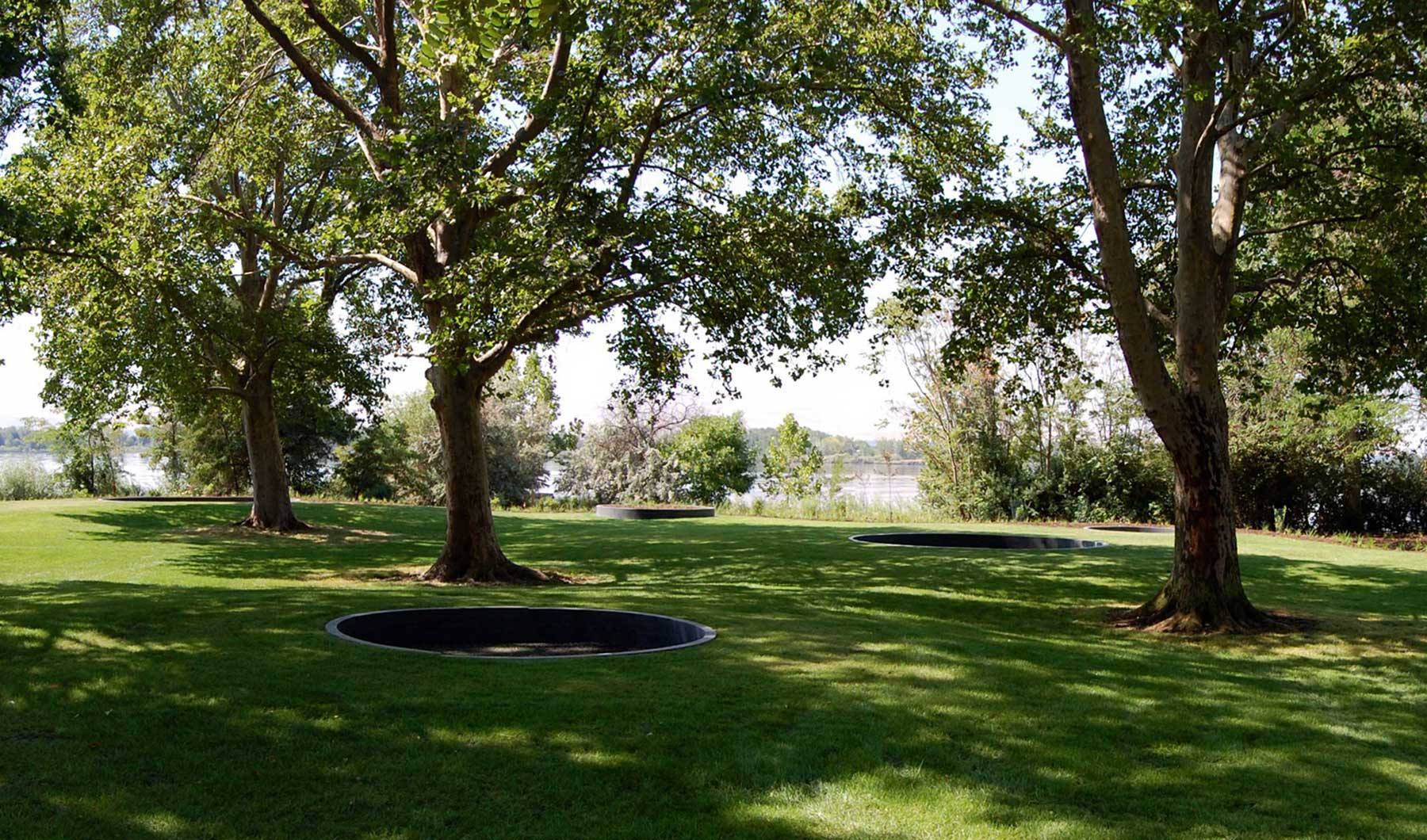In this Confluence Story Collection, we explore how stories have always defined our relationship with the Earth and with each other. Indigenous oral histories have been dismissively called “myths.” Yet there are universal truths in these real stories backed up by today’s science. These oral histories are incredibly diverse, reflecting the complicated set of cultures that have called this land home for millennia and still do.
From April 20th to May 1st, we will be sharing these resources on social media and encouraging people to join in the discussion online with these prompting questions.
PROMPTING QUESTIONS:
How can I incorporate Indigenous oral histories respectfully into my teaching?
What is some history and science that you see in these oral histories?
What stories are you turning to at this time?
What does the concept of being “surrounded by history” mean to you?
VIDEO AND AUDIO
Tony Johnson: The Reality Behind “Myths”
Tony Johnson explains how traditional stories tell of reality and are more than “myths”.
Confluence Podcast: Roberta Conner
Roberta Conner discusses Celilo Falls, traditional lifeways, and how oral traditions carry important truths in an episode of the Confluence Podcast.
Louie Pitt: You Have to Know “Where You’re From.”
Louie Pitt (Confederated Tribes of Warm Springs) talks about the teachings of elders and the importance of always learning about ways of life.
Bobbie Conner: Water was so Low, You Could Walk on the Backs of Fish
Roberta Conner describes how oral histories say one could cross the river on the backs of fish, this pointed to the science of how low the water was.
Greg Archuleta: Stories that Victoria Howard Passed On
Greg Archuleta talks about the importance of Victoria Howard’s Coyote stories and relates one.
Tanna Engdahl: Our Writing Was Our Words
Tanna Engdahl discusses the movements of the sky, origin stories, and how words passed on knowledge.
Stories from the River: Surrounded by History
The theme of this video is “Surrounded by History.” Four Native individuals talk about history, identity, intercultural relations, respect, and land connection. By Tule Films, with support of National Endowment for the Arts.
IMAGES
Gallery: Rock Art
This gallery features photographs of rock art, which relates to some oral histories. The Celilo Falls area was rich in rock art prior to its flooding.
TEXT
“Oral Traditions.” Indigenous Arts Foundation, UBC.
This article by Eric Hanson at UBC lays out the importance of oral traditions and the misconceptions surrounding them.
Confluence Story Circle Materials
The text of the Story Circles and an accompanying guide.
History in the First Person: Always valued in the Native world, oral history gains respect among Western scholars. Tribal College Journal.
While this article was written in 1995, it contains interviews from prominent Indigenous historians and a good explanation of the importance of valuing oral histories.
Northwest Native Legends by reading level.
Offsite resource by Education Northwest. Vetted by tribes. Project done in 1972.



